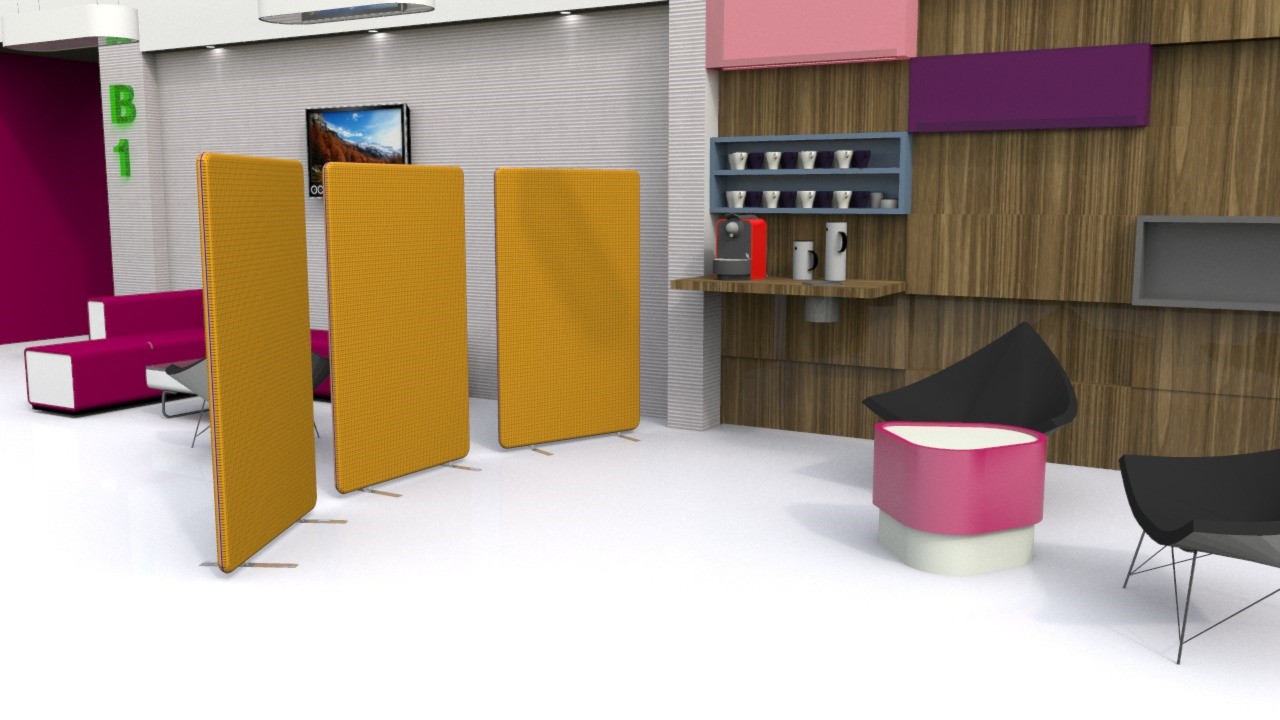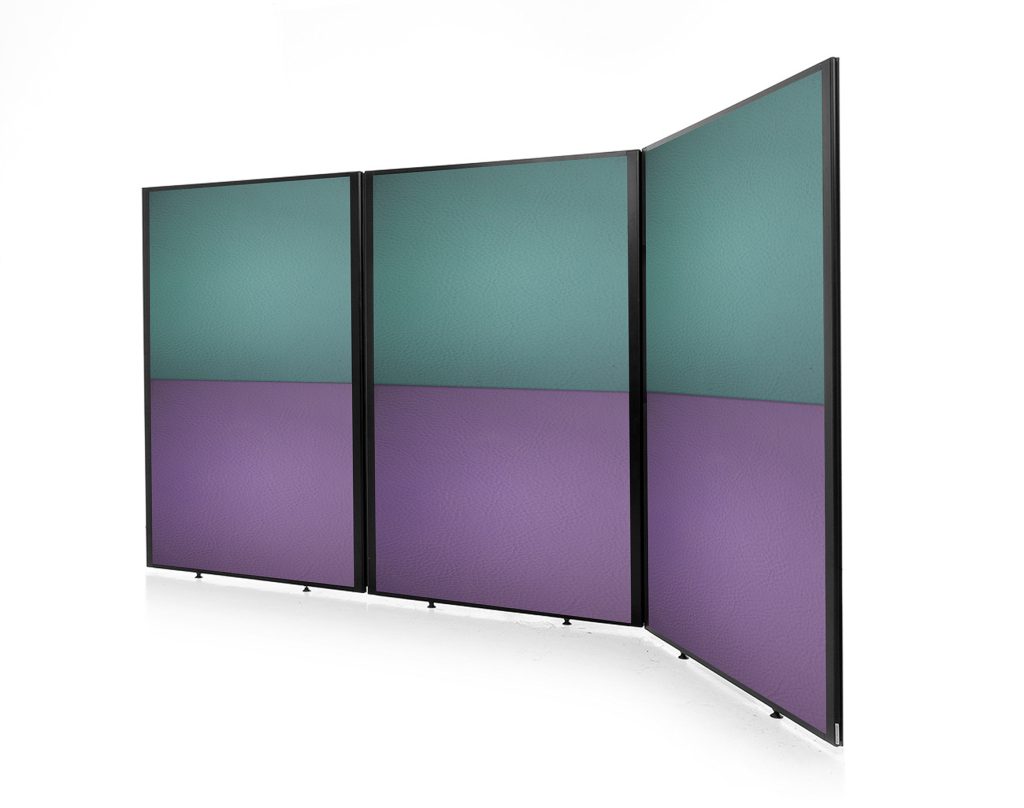Creating Workspaces Which Optimise and Energise Employees
Office design has been the subject of a great deal of study over the past few decades and for good reason. Considering millions of us spend up to and beyond eight hours a day sat behind a desk, it makes sense that we try to understand that environment as much as possible. Our careers and the job we do is often about much more than the work involved and employers as well as designers are constantly trying to find ways to make employees more productive and more effective. Some may take a traditional approach of bonuses and prizes, while others take a more practical approach and attempt to find the means to help employees enjoy their job.
While the design of the office may seem unsuspecting, it can actually have a major influence on employee satisfaction and productivity. The reality is, if we hate the place where we work for just one of a number of reasons, then this crushes motivation and begins to decrease efficiency. Ultimately, it can be a revolving cycle unless the route cause is addressed. Distractions are one of the major causes of disruption, especially within open plan offices and these can often spawn further complications with stress and anxiety further along the road.
The Key for Managing Distractions
In recent years, there has been a huge upswing in the number of people working from home and according to them, this has made them more efficient. The main reason for this is that there is more privacy in the home. You are not constantly interrupted by the constant hum of background chatter or regularly interrupted by a telephone crying out to be picked up. Instead, they are able to take work at their pace, without the constant distractions and this has actually led to improvement. The result has seen modern office designs try to adopt what makes this approach to working so successful; comfort.
Cutting out distractions altogether in open plan environments is pretty much impossible thanks to physics, which is why many of the modern offices that you read about today take a slightly different approach. Often this is to create separate areas; one for communal work, where employees can communicate and liaise while working on a project and then another which encourages silence, privacy and the space for employees to concentrate when they really need it. Sounds simple enough, but for the majority of small businesses, being able to integrate this is not feasible. There is no room for a huge office, instead employees are housed in enclosed spaces which can become a cacophony of noise.
What Makes Acoustic Screens So Effective?
This is where Acoustic Screens are becoming such an effective solution. The cubicle office design of the 1960s may have been an unmitigated mess, but it did strike upon a few key points which have a positive impact for employers. Modern day acoustic screens often come in three different forms; as standalone screens, desk dividers and as wall panels. On a base level, these help to create partial partitions in office environments, which when used correctly, can drastically reduce the number of visual distractions and creating an element of privacy for employees. In particular, this can reduce a common worry of people looking over your shoulder at what you are doing as well as becoming distracted by what others are doing across the office.
But what really sets them apart compared to other elements which are part of modern office design is their introduction of acoustic foam. Tackling acoustical design is often one of the hidden demons in any open environment. It is pretty easy to make it look glamorous when you use your eyes, but protecting against sound waves presents a completely different challenge. They cannot be seen by the naked eye, they are unpredictable and they can niggle away at you every day before they simply become too much.
At the core of solving this is introducing soft surfaces which absorb some of these sound waves, rather than letting them bound from surface to surface until they run out of energy. So if you were considering a stylish hardwood floor for your new office, perhaps reconsider unless you enjoy listening to recurring echoes for eight hours and more a day. Instead, acoustic screens ensure you don’t have to cover the walls with carpet as the acoustic foam integrated within the screen is clinically proven to help absorb soundwaves and reduce reverberation time. While it is impossible to block out ambient noise altogether, an acoustically controlled environment can make life easier for everyone when they don’t have to hear every word of every conversation throughout the day.
Integrating Acoustic Screens into a Modern Design
So acoustic screens can be remarkably effective in busy open plan environments, the next step is to fit them in with the design you have in mind in the first place. Options such as acoustic wall panels are clever ways of introducing the acoustic foam without having screens scattered through the space. While they may struggle to absorb noise coming straight towards you, they will help to absorb ambient background noise which is bouncing across the office. Alternatively, acoustic screens excel the most when used in between desks. Creating a collaborative workspace requires tender balance, and quality screens help to achieve this. They soak up soundwaves heading towards you from across the office, while they also provide relief from visual distractions when you are trying to concentrate.
If you approach a specialist manufacturer, there are a huge number of variations available which can be tailored with your office space in mind. This includes straight or curved panels; fabric or glazed panels and a wide range of customisations such as colour and size, meaning they are able to enhance the office environment. Especially in smaller spaces, acoustic screens are an increasingly effective way to create privacy and comfort for employees, providing them with a solid foundation from which to work and concentrate.
As a manufacturer of acoustic screens and room dividers, here at Rap Industries we have a number of ranges which are tailored towards making your office environment more practical. You can check them out online, or alternatively you can get in touch with our advisors who can provide additional information. They can be reached by calling 01733 394941 or by sending an e-mail to sales@rapdind.com.

